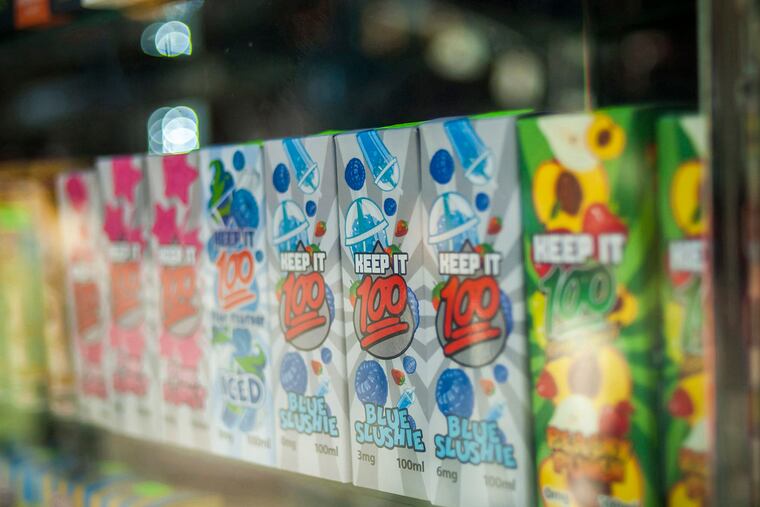Thousands of toddlers have ingested vaping liquids, poison control centers say
Consequences can include vomiting and, in rare cases, irregular heartbeat or seizures.

Consequences can include vomiting and, in rare cases, irregular heartbeat or seizures.
